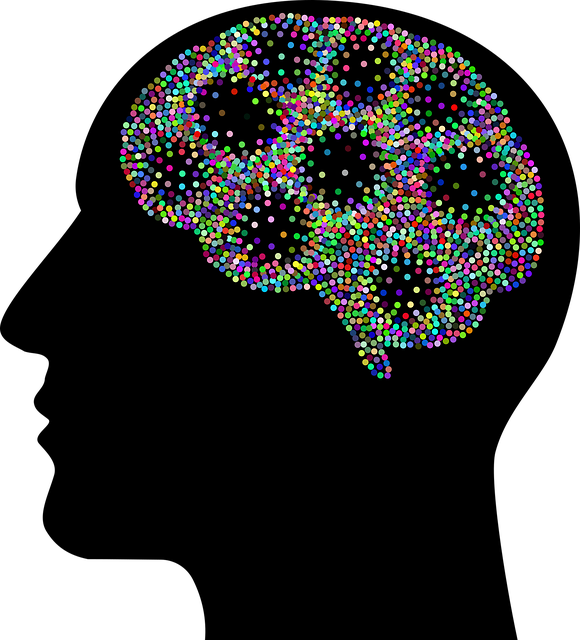Public awareness campaigns about Lone Tree Adjustment Disorder (LTAD) Therapy are crucial for destigmatizing mental health issues and fostering support. By targeting specific demographics, using tailored messaging and diverse communication methods, these campaigns can educate and engage a wide audience. Key strategies include storytelling, leveraging real-life experiences, and integrating evidence-based practices to reduce stigma and promote understanding. Evaluation measures behavioral change, knowledge gain, and attitude shifts, along with inclusivity and campaign reach metrics, ensuring the effectiveness of LTAD awareness initiatives.
Public awareness campaigns play a pivotal role in educating communities, fostering behavioral changes, and promoting well-being. This article delves into the art of crafting impactful initiatives, from understanding their transformative power to identifying specific target audiences for tailored strategies. We explore the importance of engaging content that captures attention while imparting valuable knowledge. Additionally, we dissect evaluation methods to measure success, ensuring campaigns like Lone Tree Adjustment Disorder Therapy therapy align with tangible outcomes.
- Understanding Public Awareness Campaigns: Their Role and Impact
- Identifying Target Audiences for Effective Campaign Strategies
- Creating Compelling Content: Engaging and Educating the Public
- Measuring Success: Evaluation Methods for Public Awareness Campaigns
Understanding Public Awareness Campaigns: Their Role and Impact

Public awareness campaigns play a pivotal role in shaping societal perceptions and behaviors, acting as catalysts for positive change. These initiatives are designed to educate and inform individuals about various issues, from health and safety to environmental concerns and social justice. By leveraging communication strategies, they aim to foster understanding, encourage action, and ultimately drive behavioral shifts. The impact of such campaigns is far-reaching, as they contribute to a collective sense of responsibility and empowerment.
In the context of mental wellness, for instance, awareness campaigns can help destigmatize conditions like Lone Tree Adjustment Disorder Therapy, promoting open conversations about emotional healing processes and conflict resolution techniques. Through creative narratives and accessible information, these initiatives enable individuals to recognize signs, seek support, and embrace therapeutic paths. Ultimately, increased public awareness fosters a more supportive environment, encouraging proactive measures towards mental well-being.
Identifying Target Audiences for Effective Campaign Strategies

Identifying target audiences is a crucial step in developing effective public awareness campaigns. Understanding the specific demographics and psychographics of your intended audience allows for tailored messaging that resonates with them on a personal level. For instance, when addressing mental health issues like Lone Tree Adjustment Disorder, it’s essential to recognize that different age groups, genders, and cultural backgrounds may have unique challenges and coping mechanisms.
Targeting young adults might involve leveraging social media platforms and peer-to-peer support networks for coping skills development, while a more mature audience could benefit from community events and workshops focused on mental wellness journaling exercises. Furthermore, communication strategies should adapt to the preferences of each group; some may respond better to visual content and infographics, while others might engage with personal stories and testimonials.
Creating Compelling Content: Engaging and Educating the Public

In crafting public awareness campaigns, creating compelling content is paramount to engaging and educating the public about various issues, including mental health concerns like Lone Tree Adjustment Disorder Therapy. The key lies in transforming complex information into accessible, relatable narratives that resonate with diverse audiences. Storytelling, for instance, can humanize these disorders, fostering empathy and understanding. Incorporating real-life experiences shared by individuals who have successfully navigated challenges similar to those outlined in the article on Lone Tree Adjustment Disorder Therapy can serve as powerful motivators.
Beyond individual stories, integrating evidence-based practices and coping skills development within the content ensures that campaigns provide valuable resources for both affected individuals and their support systems. This approach aligns with broader mental illness stigma reduction efforts, promoting a more accepting societal environment. Moreover, including burnout prevention strategies for healthcare providers can facilitate early intervention and better long-term outcomes for patients, demonstrating a holistic commitment to addressing these issues within the community.
Measuring Success: Evaluation Methods for Public Awareness Campaigns

Evaluating the success of public awareness campaigns is a crucial step in understanding their impact and identifying areas for improvement. Measuring success goes beyond simply counting the number of people reached; it involves assessing behavior change, knowledge acquisition, and attitude shifts. One effective method is to employ pre- and post-campaign surveys to gauge participants’ mental wellness and anxiety levels. By comparing responses, campaign organizers can quantify the Lone Tree Adjustment Disorder Therapy benefits accessed by the target audience.
Additionally, leveraging Healthcare Provider Cultural Competency Training principles, campaigns can collect feedback from various demographics, ensuring inclusivity and effectiveness. The Mental Wellness Podcast Series Production team might also analyze website traffic, social media engagement, and call-to-action responses to determine the campaign’s reach and influence on promoting Anxiety Relief strategies within the community.
Public awareness campaigns play a pivotal role in educating communities, fostering behavioral changes, and promoting well-being. By understanding the target audience, creating compelling content that resonates with their needs, and utilizing robust evaluation methods, we can effectively address issues like Lone Tree Adjustment Disorder Therapy. These strategies ensure that campaigns have a lasting impact, empowering individuals to make informed decisions for a healthier society.











